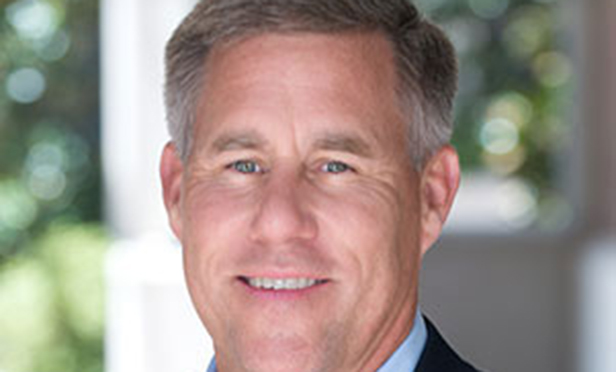 Guthrie: “You have to design for what the market will support, and that means having respected experts in on the planning process early.”
Guthrie: “You have to design for what the market will support, and that means having respected experts in on the planning process early.”
CHICAGO—The creation of mere office complexes is becoming a thing of the past. Developers today understand that tenants, municipalities, and landlords want real places with amenities and uses that attract people from all walks of life, not just a particular company's employees.
How to tackle such projects is bound to be a key topic at any real estate conference this fall, including the recent SIOR Fall World Conference which took place in Denver, CO. The organization held a sessioncalled “Building an Office Community,” designed to highlight the latest thinking on how new complexes can appeal to younger workforces with dynamic workplaces that pulse with life at all hours.
“Consumers are now far more sophisticated and demanding,” says Bill Guthrey, SVP and partner at KDC, a developer of corporate office campuses and a speaker on the panel. And what consumers demand is access to retail, dining, entertainment, green spaces, as well as the liveliness of true residential communities, all of it accomplished with aesthetically pleasing designs.
That can be a tough combination to pull off, he adds. To make it happen, people who were once office developers have to get comfortable, including professionals from almost every other significant real estate sector. “It forces us all into the same room and play together.”
KDC is partnering with Seritage Growth Properties, a national owner and developer of retail and mixed-use projects, to create two class-A office towers with anchor retail, luxury multifamily, and entertainment space, totaling up to one million square feet, for a 23-acre mixed-use project within the 430-acre Dallas Midtown Redevelopment Zone. Much of the land is occupied by the former Sears store at Valley View Mall.
“It's an old suburban-type mall that died,” says Guthrey. “But the town has blown up all around the site, so now it's sitting at Main and Main, a perfect place for new development.” And the partners plan to use all of that space.
“In the past, we might have just gotten our five acres and built a tower, without considering the three or four neighbors that will eventually appear,” he says. “But the city of Dallas has put a grand plan in place that will take perhaps 20 years to fulfill.” When he first saw some of the renderings for the redevelopment zone, “I thought I was looking at Central Park. It's definitely going to be a draw for the public on weekends and evenings.”
The new design standards call for a hefty amount of green space and walkable environments. Guthrey also envisions “terraced amenity decks for all buildings that will cascade down to a three-acre park. It won't be a concrete jungle. It will have a sense of community among the different uses that have not always embraced each other. People strolling through are not going to feel or see property lines, fences, or confront areas with controlled access.”
Developments like this have been talked about for a long time, so much so that it might seem like an easy task. Still, Guthrey says “sometimes things can go wrong.” Proposed retail outlets, for example, always look great in the early stages and renderings, “but then you develop a building and it doesn't get occupied.”
That can short circuit any new development, as neither office seekers nor prospective residents want to see vacant storefronts. Therefore, careful planning is required. “You have to design for what the market will support, and that means having respected experts in on the planning process early. As office developers, we're not kidding ourselves that we understand retail.”
And if market demand seems likely to leave a few spaces empty, knowing this ahead of construction allows developers to instead use it for community meeting spaces, extra amenities, green space, or anything that will contribute to the life of a project.
Including all types of experts from the beginning of any project does make development “a whole lot more fun,” Guthrey says, “but if you want to get it right, it's also a whole lot more work.”
Guthrey shared the panel with Frank Di Roma from Ware Malcomb and Jay Despard of Hines.
© Touchpoint Markets, All Rights Reserved. Request academic re-use from www.copyright.com. All other uses, submit a request to [email protected]. For more inforrmation visit Asset & Logo Licensing.







